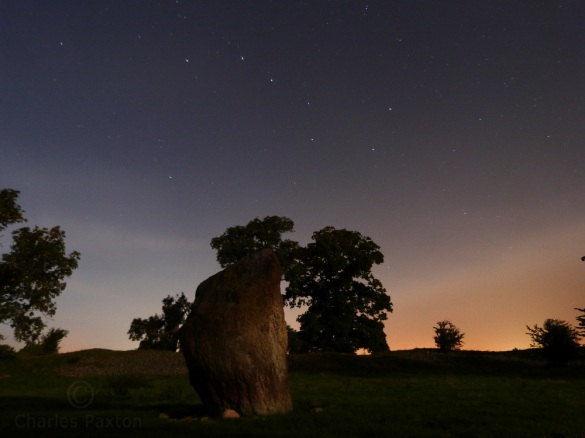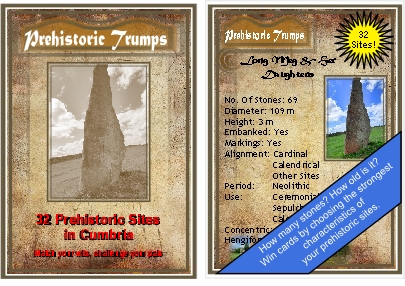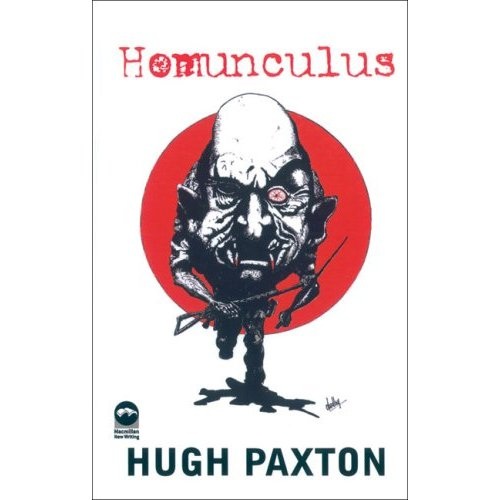
Set in Cumbria’s dramatic mountain scenery, The Carles of Castlerigg stone circle, near Keswick is one of the magnificent sites that impresses visitors and local residents alike. C.Paxton photo
Cumbria has over 200 prehistoric sites and yet more remain to be discovered. There are rings of standing stones, there are stones carved with rings and cup marks, there are stones set in avenues and there are single megalithic thunderstones, mounds and Henges of several types.
In the course of researching my article for All Nippon Airways (ANA) Wingspan in-flight magazine to appear in the February 2014 issue, my wife Kimberly and I were smitten by these fascinating monuments. “Stone Crazy” she described our condition, and I think she was right.
The more we looked into the matter, the more sites we visited and the more we visited, the greater our interest became, and the more we noticed. From Birkrigg on the Furness peninsular to Durdar near Carlisle, our investigations took us from coastal monuments to the high plateau of Moor Divock 1000 ft above sea level, then east to the Pennines , then north into Lakeland and revealed the great diversity of the sites – all are distinctive and different. Some intriguing similarities emerged, for example in the layout of Hardendale Cairn circle and Castlerigg’s rectangular inner enclosure, but generally it is the diversity in form that stands out.
We are grateful to our friend Neolithic Sculptor Brian Cowper for his insights, author Robert Farrah for his excellent guidebook (Robert W.E. Farrah’s A Guide To The Stone Circles Of Cumbria ), Penrith Library’s Reference section with its volumes of The Transactions of The Cumberland and Westmorland Archaeological Society, to Archaeologist Tom Clare for his illustrated talk and his excellent book ( Prehistoric Monuments of The Lake District ).
If you are interested in Cumbria’s prehistoric sites and you like playing trumps, then you might enjoy this new pack that my wife and I made just before Christmas.
Get to know these treasures through a fun learning game in which players try to win site cards off each other by ‘trumping’each others’ site characteristics. Choose the strongest category for your site to challenge your partners’ and learn about these amazing prehistoric places as you play!
This set includes information cards about 32 Cumbrian prehistoric sites such as Oddendale, White Hag, Long Meg and her daughters, Gunnerkeld, Swinside, Birkrigg, Castlerigg, Gamelands, Moor Divock’s funerary complex and more!
Great fun for all the family. Available in Kid’s pocket size (£5), or larger (£8.00) for easier reading.
You can buy them from my online shop http://thewebcat.biz/sales_gallery.html






